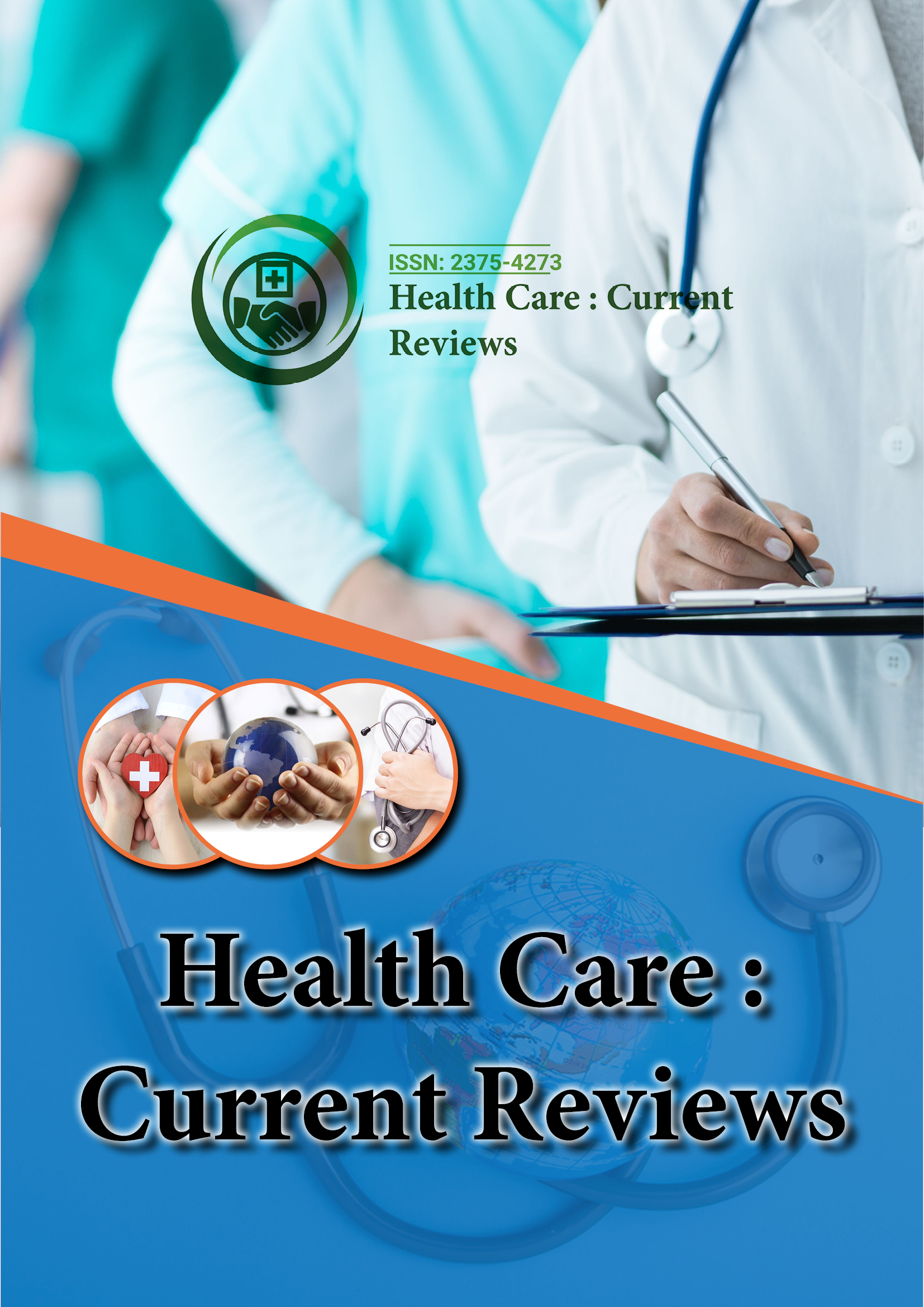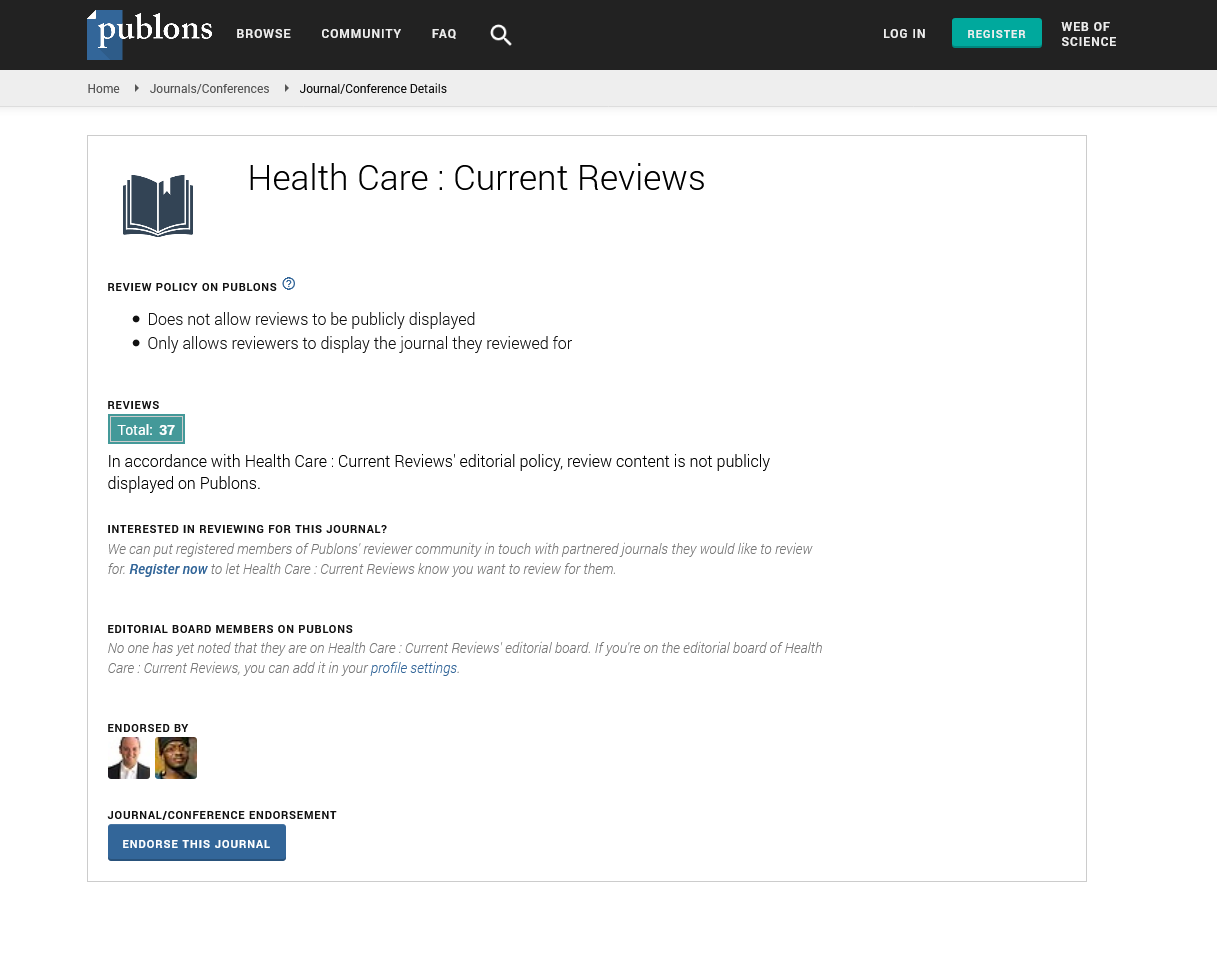Indexed In
- Open J Gate
- Academic Keys
- RefSeek
- Hamdard University
- EBSCO A-Z
- Publons
- Geneva Foundation for Medical Education and Research
- Google Scholar
Useful Links
Share This Page
Journal Flyer

Open Access Journals
- Agri and Aquaculture
- Biochemistry
- Bioinformatics & Systems Biology
- Business & Management
- Chemistry
- Clinical Sciences
- Engineering
- Food & Nutrition
- General Science
- Genetics & Molecular Biology
- Immunology & Microbiology
- Medical Sciences
- Neuroscience & Psychology
- Nursing & Health Care
- Pharmaceutical Sciences
Low molecular weight heparin prophylaxis adherence in postnatal women
4th Asia-Pacific Global Summit & Expo on Healthcare
July 18-20, 2016 Brisbane, Australia
Ediscyll Lorusso and Carolyn Romer
St. George‚??s University Hospitals Foundation Trust, UK
Posters & Accepted Abstracts: Health Care Current Reviews
Abstract:
The prothrombotic state of pregnancy is part of the normal physiological adaptation and is thought to have evolved in order to meet the haemostatic challenges of childbirth. It has also been attributed to some women‚??s predisposition to maternal venous thromboembolic (VTE) disease and this in itself remains one of the leading causes of maternal deaths in Europe and the USA. A recent introduction of VTE risk assessments and national venous thromboembolism prophylaxis guidance for use during childbearing had resulted in an initial fall in maternal deaths compared to previously reported trends. Of the women who died of VTE in the UK, 56% of them received substandard care. A package of poor VTE risk assessment, inadequate thromboprophylaxis and a failure to robustly investigate women‚??s newly presented symptoms suggestive of VTE, all contributed to that substandard care. Of the women who died of pulmonary embolism, 79% of them had identifiable VTE risk factors. Engagement with VTE prophylaxis requires childbearing women who have been assessed as having a high risk of developing thrombosis to self-administer a low molecular weight heparin (LMWH) by subcutaneous injection, with drug Dalteparin the primary LMWH stocked by this hospital trust. Currently 34% of all postnatal women at St George‚??s hospital require VTE prophylaxis. As adequate thrombophylaxis compliance may reduce the risk of VTE in maternity patients by up to two-thirds, adherence to these prescribed medications is an essential part of reducing the incidence of venous thromboembolic disease during childbearing and preventing maternal deaths.
Biography :
Email: edsloves@hotmail.com

